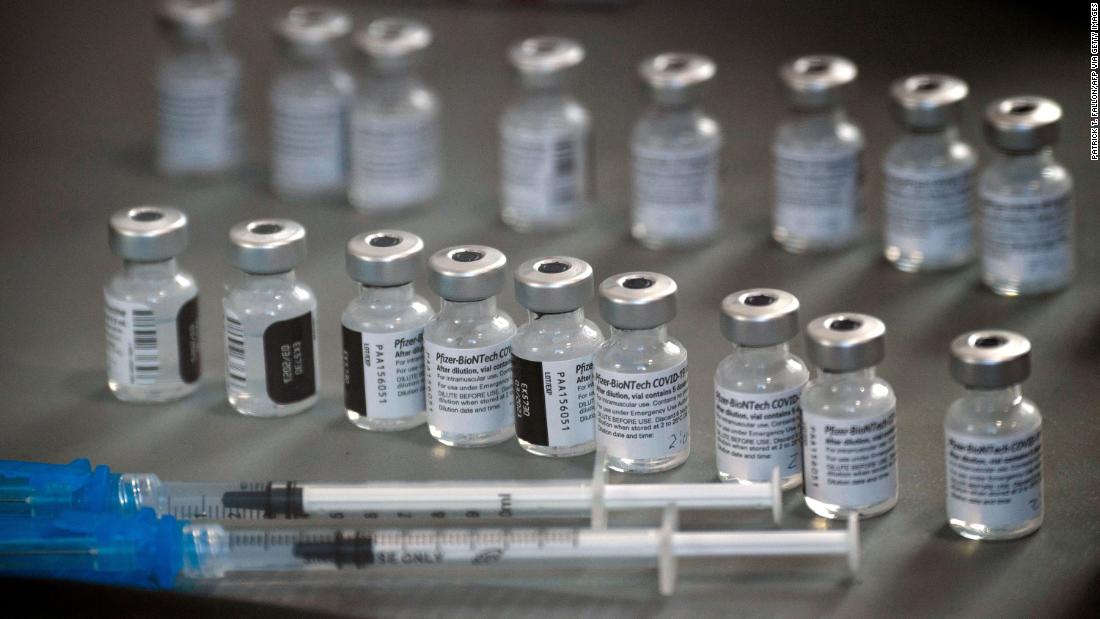Analysis: 2021 vaccination map looks like the 2020 election map
Unfortunately, the vaccination rates by state show us that even the race to protect people from the coronavirus has fallen along familiar political lines.
Just four of the top 25 states for vaccination were won by former President Donald Trump last election. Trump won 21 of the bottom 25 for vaccinations. This includes 16 of the bottom 17 states.
Now, not only are all the top 10 states for vaccinations places that went for Biden, all of the top 20 are.
But it’s not just that the vaccination map is starting to look like the 2020 election map. It’s that the underlying demographic trends driving both of them are similar.
Education has become an increasingly important factor in how people vote. People with college degrees are far more likely to vote Democratic, while those without one are far more likely to vote Republican.
When we limit it to just White adults (as the educational divide in our elections is mostly among White voters), we see basically the same thing. Of the top 25 states for vaccinations, 20 of them have an above average percentage of White adults with a college degree.
Again, this is backed up by the polling. In the Marist poll, college graduates are 24 points more likely than non-college graduates to say they’ve been vaccinated. Among White adults, it’s the identical 24 point gap.
At this point, 17 of the top 25 states for vaccinations have a larger share of their residents living in urban areas than the national average. Just 8 have below the national average of urban residents. Three (Maine, New Hampshire and Vermont) are in New England, where there is the countervailing trend of having a well-educated adult population.
Among the bottom 25, 17 have a larger proportion of their population living in rural areas than the average state.
The urban/rural split that became so familiar manifested.
It’s not exactly clear what if anything can be done to stop the vaccination campaign trends from looking like the trends that rule our political world. The polling shows rural, non-college educated and Republican adults are far more likely to say they don’t want the vaccine (i.e. they’re vaccine resistant, not just vaccine hesitant).
The scary thing is if something that can save a lot of lives has fallen into the usual political traps, then pretty much anything can.
![]()


